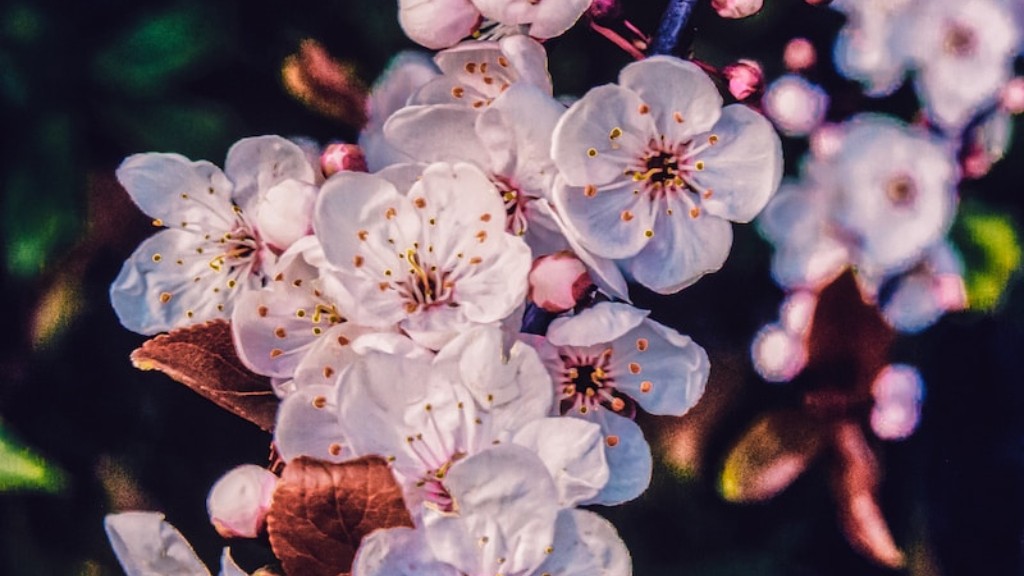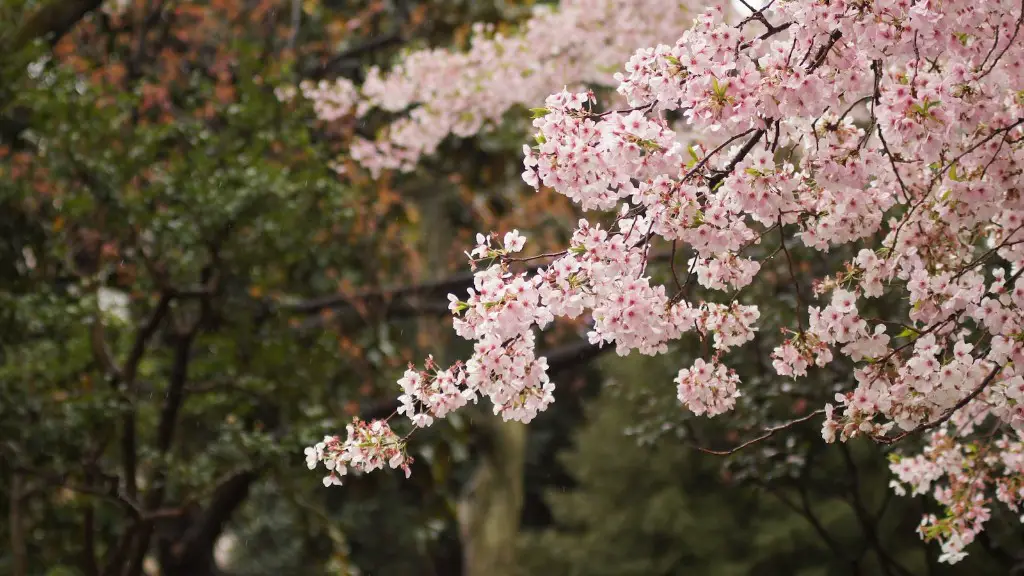What is wrong with My Weeping Cherry Tree?
Weeping cherry trees are known for their graceful, pendulous branches that add beauty to landscapes – they’re a delightful presence in any garden. Although these trees are generally low-maintenance, there are certain things that can be done to ensure that your weeping cherry tree is not experiencing any health problems. Here, we’ll talk about the most common symptoms and underlying issues that might be causing maladies in your weeping cherry tree.
Signs of Poor Health in a Weeping Cherry Tree
The primary signal that your weeping cherry tree is experiencing a problem is a decline in its foliage. The most common symptoms of distress in these trees include yellowing, curling, and dropping of leaves. In some cases, new leaves may be small, distorted, or covered with white or black spots.
Examine the trunk and limbs of your weeping cherry tree as well. If you see discoloration, splitting, cracking, or sinking of the bark, it could be a sign of disease or injury. To go one step further, you should also look out for rotting of the roots or abnormally thin branches.
Common Causes of Disease in Weeping Cherry Trees
Most diseases and pests will appear in the form of spots, mold, or wilting. The most common culprits behind these symptoms are caterpillars, aphids, leaf miners, peach tree borers, scale insects, and plant pathogens such as powdery mildew and brown rot.
A waterlogged soil or an overly dry area can cause excessive stress on the tree, resulting in its ill health. Poor soil or inadequate exposure to light and air can lead to problems such as branch dieback or development of cankers. Excessive nitrogen fertilizer can have a negative effect on the health of your weeping cherry trees as well.
How to Diagnose and Treat a Sick Weeping Cherry Tree
The diagnosis and treatment of diseases in weeping cherry trees is best left to an experienced arborist. A professional arborist can accurately identify the cause of ill health and provide the appropriate treatments.
Your first course of action should be to create an optimal environment for your weeping cherry tree. For example, make sure that your soil is well-drained and that you’re watering in moderation. Adequate pruning of the tree can help maintain its form. In general, it is best to prune weeping cherry trees lightly. Different types of corrective pruning can help address problems such as weak branches or thick crowns.
Preventative Measures
When it comes to disease prevention, the best approach is protecting your trees from the start. Before planting any trees, be sure that you’re familiar with their natural occurring diseases and pests, and take appropriate measures to preempt any potential problems.
Watering your trees regularly and keeping the leaves dry can help ward off some of the most common plant diseases. You should also ensure that your trees have adequate access to sunlight and air. Additionally, don’t forget to fertilize your trees with the right ratio of nitrogen and other nutrients for optimal growth.
Environmental Factors in Poor Weeping Cherry Tree Health
The environment plays a critical role in the health of your weeping cherry tree. Extreme weather changes, air pollution, and soil contamination can all take a toll on the tree’s health.
Pollution, such as the release of carbon dioxide, ozone, and other gases, can interfere with the tree’s photosynthesis process, depriving it of oxygen and energy needed for growth. Additionally, contamination of soil, due to a variety of sources, can cause nutrient depletion and other disturbances which in turn can lead to health issues in trees.
Other Considerations
Other factors that are known to affect the health of weeping cherry trees include tree age, root damage, and improper pruning. Trees that are old or overly tall often tend to decline significantly in health due to the reduced chances of receiving adequate water, sunlight, and minerals from the soil.
Additionally, the roots of a tree can be damaged by construction near the tree and this can subsequently impact the health of the entire tree. Lastly, improper pruning techniques can cause a decrease in the tree’s growth and appearance.
Integrated Pest Management
Integrated pest management (IPM) is an effective approach for preventing and controlling pests in weeping cherry trees. IPM uses biological, physical, and chemical controls to reduce the need for pesticides, such as monitoring insect populations, maintaining healthy plant susceptibility, and encouraging beneficial insects that prey on pests.
Applying beneficial organisms, such as ladybugs, praying mantises, and lacewings to the infected tree can prevent or reduce the severity of insect attacks. Additionally, chemical control methods such as the use of horticultural oils and insecticidal soaps are relatively safe and offer protection against pests.
Conclusion
Weeping cherry trees can make a great addition to any landscape, with their unique shape and aesthetic value. Though these trees are generally considered to be low maintenance, it’s important to keep an eye out for any health issues.
If your tree is showing signs of distress, it’s best to diagnose and treat the issue as soon as possible. With the right knowledge, proper preventative measures, and integrated pest management approaches, you can ensure that your weeping cherry tree remains healthy and happy.


